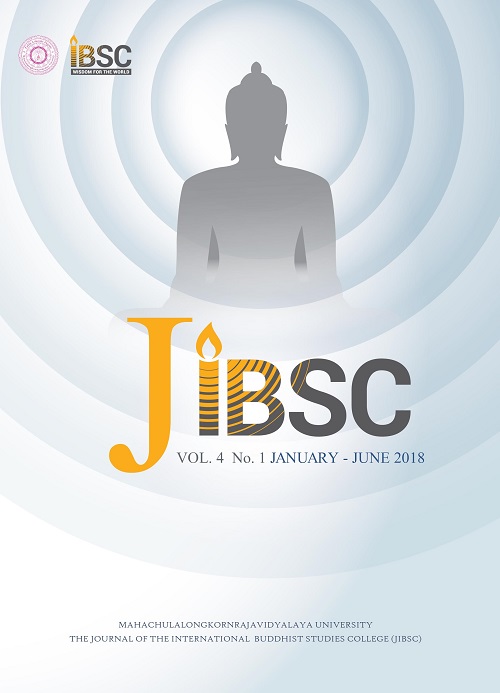A Study of Unity in Buddhism
Main Article Content
Abstract
Violence and conflict have plagued humankind from time immemorial. While the human has always stirred with the yearning for peace, harmony, and loving fellowship. When each new war, division, or dispute has peaked, the hope rises that reconciliation will follow, that peace and unity will eventually prevail. Over and over again, these hopes were quickly disappointed. This problem must also have weighed on the Buddha’s heart. The teaching of Buddhism offers a rational understanding of human suffering and also shows a path to diagnose human suffering (Bhikkhu Bodhi, 2016). In the Suttanipāta the Buddha gives voice to the feeling of vertigo such violence had produced in him, perhaps soon after he left Kapilavatthu and witnessed firsthand the world outside his native land: “Fear has arisen from one who has taken up violence: behold the people engaged in strife. I will tell you of my sense of urgency, how I was stirred by a sense of urgency.” “Having seen people trembling like fish in a brook with little water, when I saw them hostile to one another, fear came upon me.” “The world was insubstantial all around; all the directions were in turmoil. Desiring an abode for myself, I did not see any place unoccupied.” (Bhikkhu Bodhi, 2016) The teachings of the Buddha reveal the step by step process of changing the state of mind for long lasting happiness. It makes the mind to become more positive and constructive so that the life experience becomes more satisfactory and helpful for others (P. Chaudhry, 2015). Therefore, the teaching of Buddhism is based on compassion, non-violence and understanding of self and offers a moral code for all people irrespective of their gender, caste, religion, region, etc. Buddhism shows a way to reach a deeper insight into human nature and the reality of life through meditation. At last the entire humanity can gain the harmony of mind and unity in social life. It is important to seek the way for social development by understanding the principle of unity and ways to achieve unity
Article Details
The Journal of TCI is licensed under a Creative Commons Attribution-NonCommercial-NoDerivatives 4.0 International (CC BY-NC-ND 4.0) licence unless otherwise stated. Please read our Policies page for more information on Open Access, copyright and permissions.


